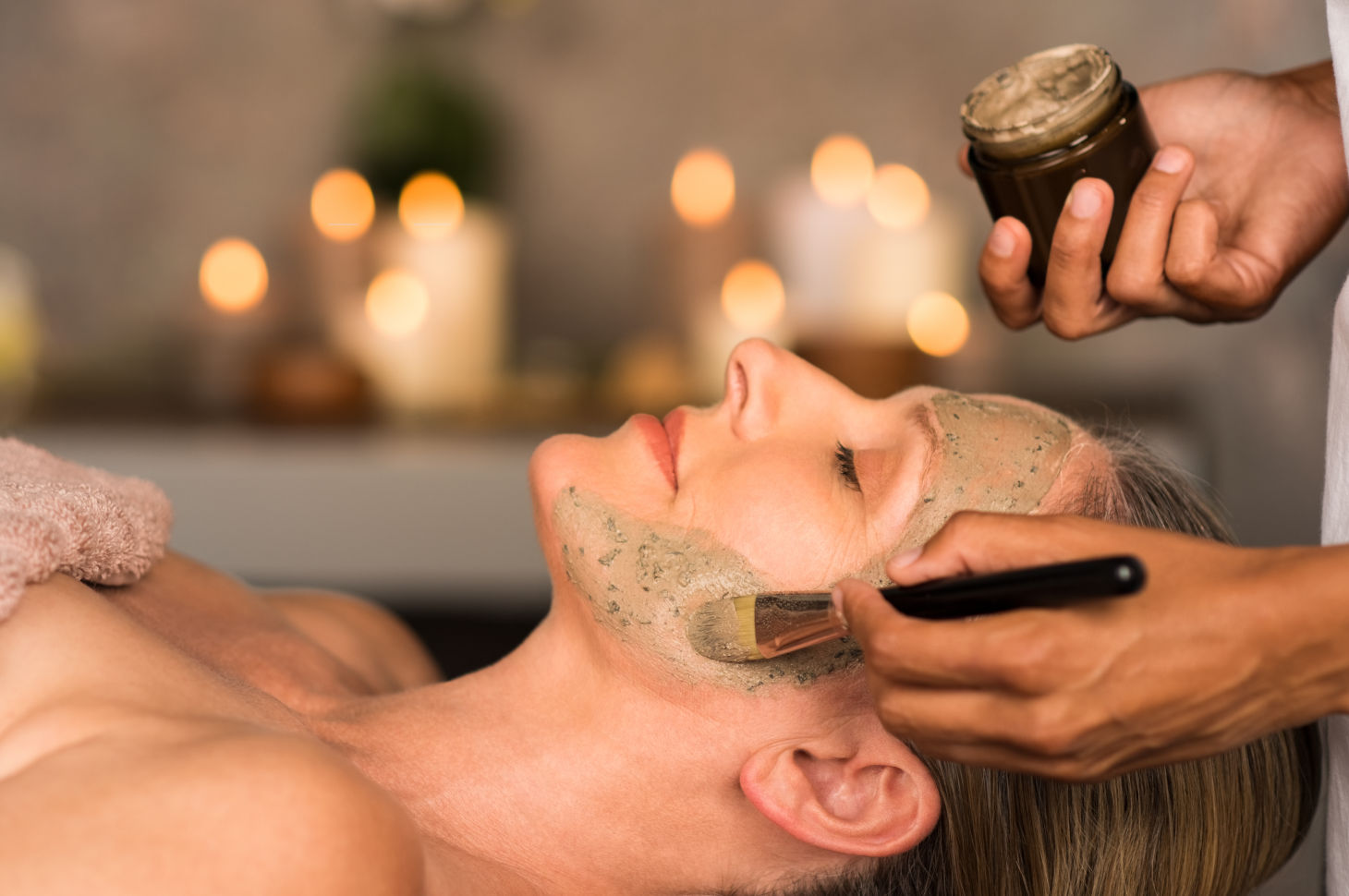If you read skin-care advice, you may have noticed the term “skin purging.” It’s the idea that when you start a new beauty product, you might experience a negative reaction. The theory is that you should be patient with a new product because your skin is getting rid of nasty stuff it’s been holding onto, and in a week or so you’ll have a clear, glowing complexion.
Many dermatologists, however, find the term “purging” unhelpful. It’s often assumed that any skin-care product can cause this effect, which may look like anything from pimples to rashes. But, in fact, it’s a limited set of products, and they cause a fairly specific response.
“Purging is getting rid of something unwanted, and that’s how it’s used to explain what you might see in the skin,” says Vancouver-based cosmetic dermatologist Dr. Shannon Humphrey. “It may seem like a helpful lay term to understand something, but it’s grossly oversimplified—you can’t make skin get rid of something unwanted.”
Santa Barbara dermatologist and dermatopathologist Dr. Aegean Chan agrees. “You will not find this term in the dermatologic textbooks—it is a term that got popularized on social media.”
So what actually is going on? What you might call skin purging is really an acne breakout that occurs after you start to use products with new-to-you exfoliating ingredients. “This could look like acne, papules, nodules, or comedones or blackheads,” Humphrey says. “Specifically, this most commonly occurs with starting a topical retinoid, but it also can happen with other exfoliating ingredients like alpha hydroxy acids or even salicylic acid, but this is less common,” Chan explains.
This acne pops up because skin has a regular turnover cycle in which new cells are created at the base level and make their way up to the surface. This usually takes about a month. Acne symptoms typically build up under the surface of skin as debris like oil and dead skin cells accumulates in hair follicles. Exfoliation increases the turnover rate by thinning the dead skin layer, so those blemishes that were brewing make their way to the top more quickly than usual.
How can you tell if this is what’s happening, as opposed to either a regular breakout or a nasty reaction to a new product? “A negative reaction to a product tends to be a little bit more immediate—within a week or so,” says Chan “It can take a few weeks for the ‘purging’ effect to be clinically noticeable.” The symptoms are also often different. “Irritant and allergic contact dermatitis are common from topicals and would be totally different from something that looks like a breakout—red, scaly, itchy, and burning,” says Humphrey, though a condition called acne cosmetica can happen when a product actually causes acne. “One of the hallmarks of that is that you get a sudden eruption of monomorphous comedones—dozens or hundreds of new clogged pores or blackheads that look exactly the same.”
Chan says that the acne reaction typically resolves itself within four to six weeks, so if symptoms persist longer, you may need to visit a professional. To avoid general irritation after starting a new skin-care product, it’s best to introduce the product slowly. She suggests building up retinoid use, starting every other night for a week and then increasing the frequency if there’s no irritation.
She also recommends keeping active ingredients out of the basic skin-care regimen—cleansing and moisturizing—so you can control what your skin is exposed to. And don’t go wild and introduce dozens of products at once. “If possible, introduce just one product at a time and give yourself several weeks, if not several months,” Humphrey says. “If you start eight products at once and you break out, who knows, maybe it was only one of them, maybe it was the combination.”
Interested in using a retinol product? Here are nine worth trying out.
Body Proud Sleep Hero Overnight Recovery Body Mask
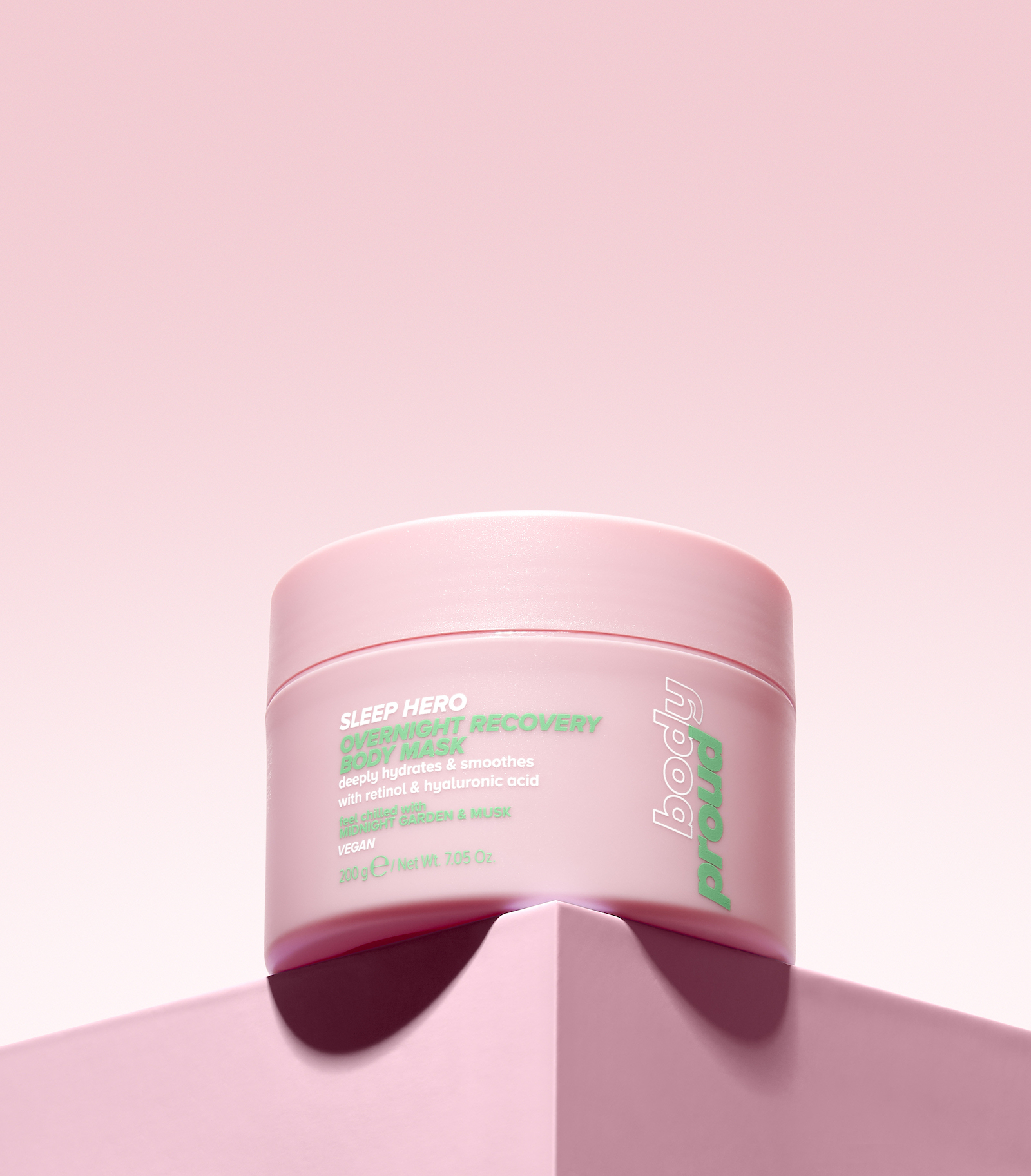
Signs of aging don’t affect just the face. This mask has retinol, plus hyaluronic acid for hydration and niacinamide for dark spots. It also has a relaxing botanical and musk fragrance and is easily absorbed.
Dermalogica Dynamic Skin Retinol Serum
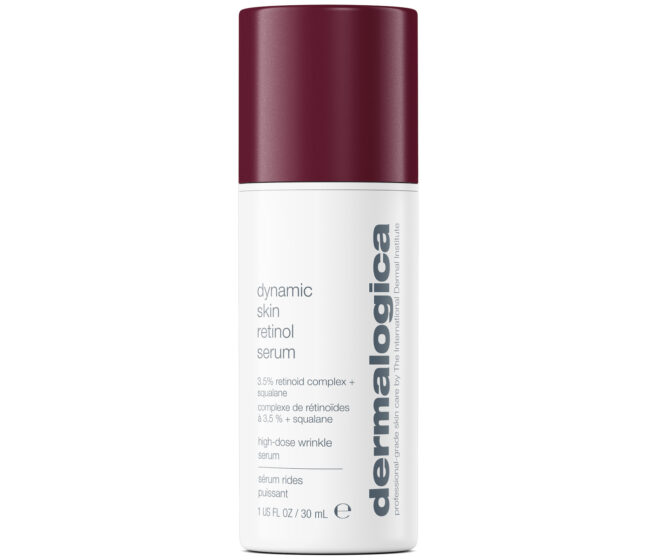
The harsher possible side effects of a 3.5 per cent retinoid complex are mitigated with soothing squalane. The brand says nightly use of this serum can minimize the appearance of pores, smooth the skin’s texture, even out skin tone, and reverse the appearance of wrinkles.
Elizabeth Arden Retinol + HPR Ceramide Capsules Rapid Skin-Renewing Serum
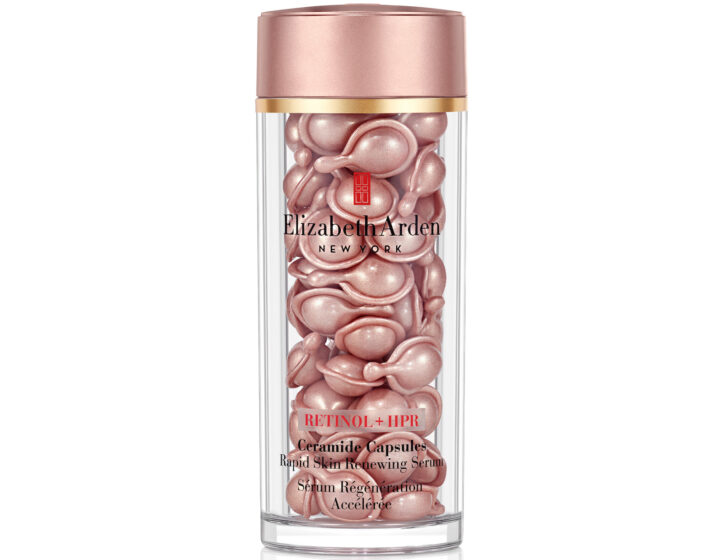
As well as retinol, these single-use capsules contain hydroxypinacolone retinoate (HPR), a newer retinoid that’s gentler on skin so the serum can be used morning and night. There are also peptides, ceramides to reinforce the skin barrier, and soothing bisabolol, oats, and vitamin E. The outer capsules are made from compostable material.
Functionalab Retinol + Serum
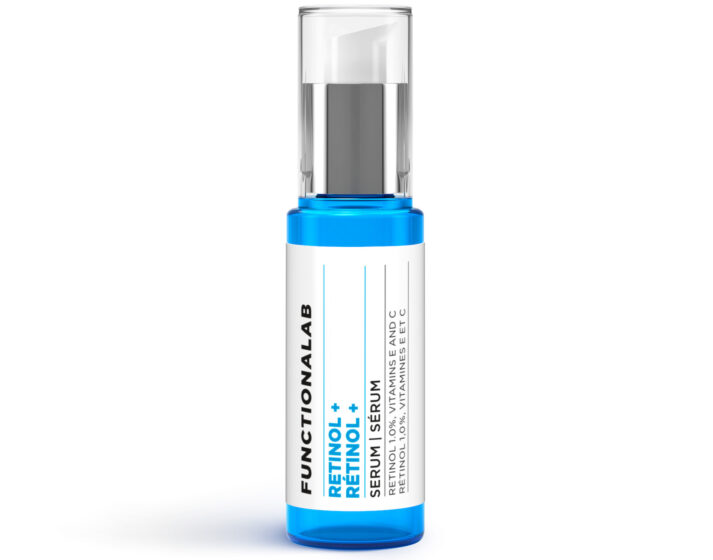
Thanks to a slow-release retinol and skin-soothing ingredients like vitamin E, this serum is easier to tolerate than many others, though the brand still recommends you start slowly and build up your tolerance gradually.
Jouviance Restructiv 3D-Retinol+
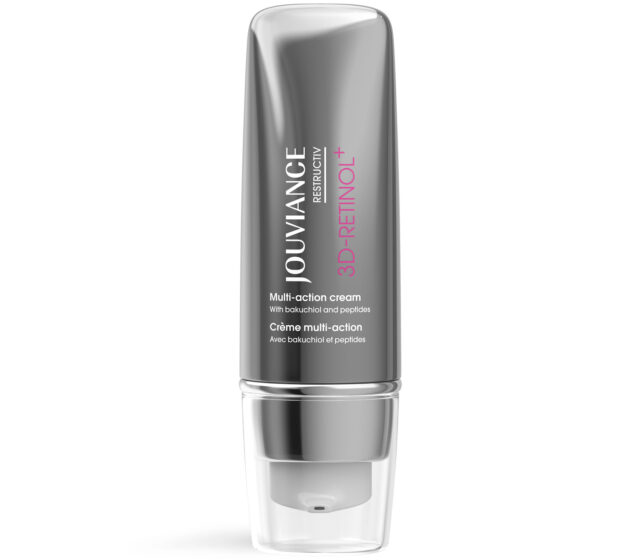
This cream contains encapsulated retinol that releases slowly, along with bakuchiol, a plant-based retinol substitute. Also in the mix: wrinkle-targeting peptides. As well as helping with signs of aging, the cream can strengthen the skin’s moisture barrier so it’s more resilient and holds hydration better.
Neostrata Potent Retinol Complex
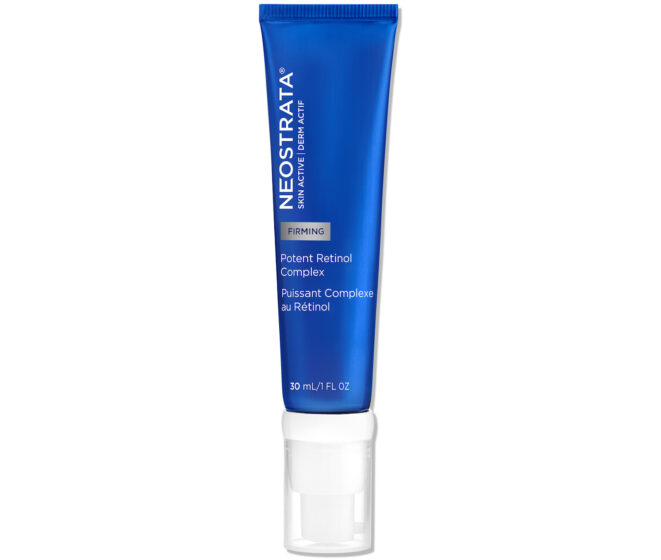
This serum is designed to target wrinkles, using retinol, and dark spots, with niacinamide. It also has other ingredients for exfoliation, plus antioxidants to combat free-radical damage and hyaluronic acid for hydration.
Reversa Retin[A]list Eye Contour

In this eye cream, you’ll find encapsulated retinol for wrinkles and niacinamide for dark circles. There’s also Canadian chaga extract, which is rich in antioxidants, along with fragmented hyaluronic acid and natural shea butter, for hydration and moisture.
ROC Derm Correxion Dual Eye Cream
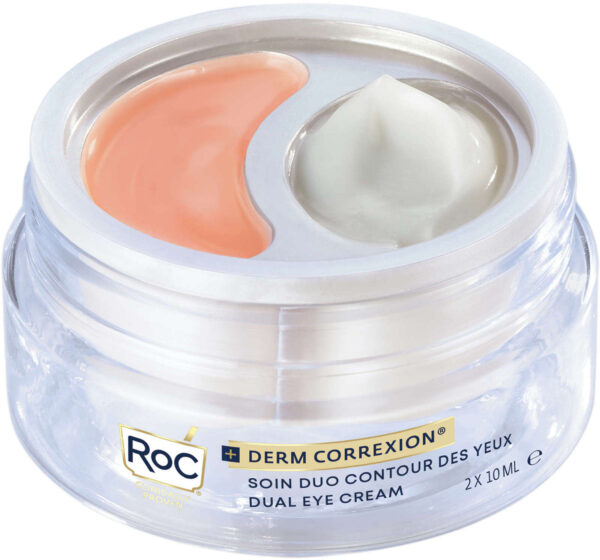
Twenty-five years ago, ROC was the first brand to stabilize retinol to make it safe for daily use, so the brand has some serious know-how about the ingredient. Its latest product has an upper-eye gel for lifting and tightening and a lower-eye cream for depuffing. Both the cream and the gel have retinol and peptides to target wrinkles, and the upper-eye gel contains an ingredient called Dynalift, which gives an immediate lifting effect.
Skinceuticals Tripeptide-R Neck Repair
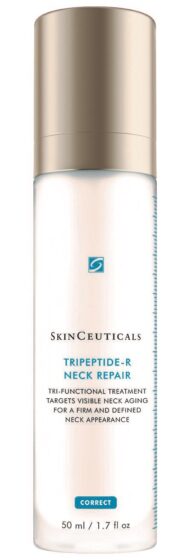
Fine lines across the neck are an increasing problem because of how we repeatedly stare down at our mobile devices. There’s even a name for it: tech neck. Designed for daily use, this cream has retinol, a tripeptide concentrate intended to firm the skin, and an ingredient called glaucine, which is derived from the yellow poppy seed plant and is used to inhibit enzymes that can cause sagging.
Read more stories about beauty.

